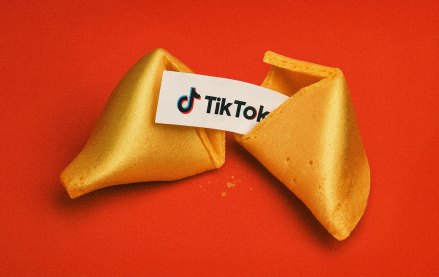Save 50% on a 3-month Digiday+ membership. Ends Dec 5.
For all the technological leaps and bounds made by digital advertising over the past several years, there’s one glaring area of weakness: figuring out that ads that get too little and too much credit. What’s become quite clear is the industry’s addiction to counting clicks is giving certain channels, like search and affiliate marketing, more credit for sales than they deserve.
That’s out of whack compared to how marketers are spending, according to C3 CEO Mark Hughes. All too often, because of faulty attribution models and sketchy practices by some networks, credit is going to the wrong place. And not all display is equal, he warns. Internet ad networks are notorious for their tricks to take credit for conversions under the last-ad-seen success metric that’s common to performance marketing. That’s led to the use of spreading cookies far and wide in the hopes of taking credit. A common problem with affiliates is users getting to a transaction page to buy an item, only to search for a coupon code, with the affiliate then taking credit rather than the ads that led the consumer to the site in the first place. Or a display ads piques consumer interest in a product from Best Buy, only to have search swoop in to take all the credit after the consumer types “best buy” into Google to find the site when making the transaction.
By that last-click standard, display would have gotten only 14 percent of the credit in the sample examined by C3.
“It’s a massive problem,” Hughes said, estimating between 30-45 percent of online media is “wasted” because marketers weight the wrong things and don’t spend in the right places that actually drive consumers to make buys.
C3 wants to change that by giving more weight to a conversion’s “originator,” which is a way of saying ads higher in the purchase funnel that build awareness. The originator ads can get from 25 to 65 percent of the credit for a conversion, depending on factors like how often the product or service is purchased.
This is a new front for Web advertising as it seeks to mature. The Internet has grown up as a direct-response medium, with search serving as the dominant form of advertising, particularly when compared to the amount of time people spend using it. Search could always take credit for conversions since it was typically the very last click in the chain before a purchase.
But several pieces of research and studies have challenged that. Microsoft rolled out an engagement-mapping tool that was meant to rebalance budgets in the direction of display advertising that was driving users to search in the first place. Other research from companies like ComScore found that ad clickers are few and far between — and clicks don’t even equate to brand metrics.
Sean O’Neal, president of Vizu, wrote in an email that the attribution problem would continue to bedevil the industry as long as the click is held in such high regard.
“Perhaps the biggest attribution challenge has been around brand lift, and the mis-attribution of brand advertising performance based on metrics like click-through-rate,” he said. “Of course there are countless studies that demonstrate the non-correlation between CTR and Brand Lift, but still, all too often marketers fall back into the habit (or addiction?) to metrics that might actually be leading to the wrong decisions. You don’t pick your pitching staff based on their batting averages.”
Old habits die hard, however. Hughes believes the click will remain a top measurement criteria until companies come up with viable, cost-effective alternatives. C3 isn’t alone in working on this. Google’s DoubleClick and other ad servers have attribution products, as do independent vendors.
“If you’re buyer, you gotta explain to boss or client that you’ve been wrong,” he said. “That’s a hard conversation to have. You’ve got to present a solution.”
More in Media

TikTok Shop sheds bargain-bin reputation as average prices climb across categories
An analysis by e-commerce intelligence firm Charm shows average prices climbing across more than a dozen key categories.

Ad Tech Briefing: The Programmatic Governance Council is a bid to reset power dynamics
As tensions over TID and GPID peak, Tech Lab is convening a council to hash out commercial ground rules.

Newsweek is building an AI Mode-like experience to customize homepages for readers
Newsweek is building an AI homepage modeled after Google’s AI Mode to increase engagement and offset declining search referrals.





